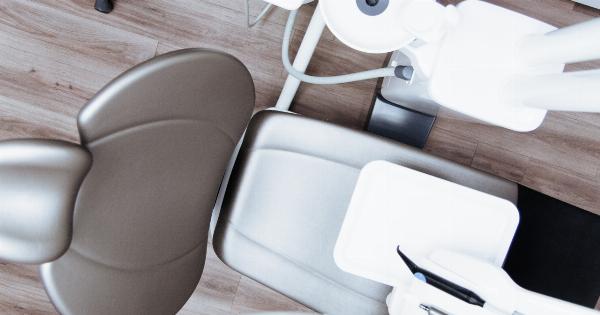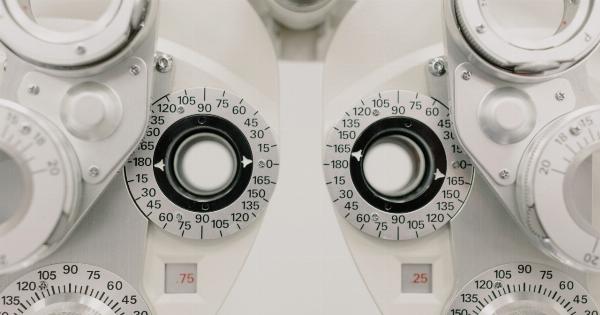Droopy eyelids are a common occurrence, and can be a source of much frustration to individuals who experience them.
Known medically as “ptosis,” droopy eyelids occur when the muscles responsible for opening the eyes become weak or are not functioning properly. There are several causes of droopy eyelids, ranging from medical conditions to ageing, and in this article we will explore these causes in more detail.
Causes of Droopy Eyelids
Ageing
One of the main causes of droopy eyelids is ageing. As people age, the skin on the face loses elasticity, and the muscles supporting the eyelids become weaker. This can cause the eyelids to droop, giving a tired and aged appearance to the face.
In some cases, the drooping can be severe enough to affect vision, making it necessary to seek medical attention.
Muscle or Nerve Damage
Droopy eyelids can also occur as a result of muscle or nerve damage in the eye area. Damage to the muscles that control the opening and closing of the eyelids can result in ptosis, as can damage to the nerves that control these muscles.
This type of damage can result from a variety of injuries or medical conditions, including stroke, Bell’s palsy, and myasthenia gravis.
Eye Surgery
Sometimes, droopy eyelids can be a side effect of eye surgery. This is particularly true of surgeries that involve the eye muscles or eyelids, such as eyelid surgery or cataract surgery.
If the muscles or nerves responsible for opening the eyelid are affected during surgery, it can result in ptosis.
Medical Conditions
There are several underlying medical conditions that can cause ptosis. These include:.
- Horner’s syndrome – a condition that affects the sympathetic nerve supply to the eye
- Muscular dystrophy – a group of genetic disorders that cause muscle weakness and degeneration
- Myotonic dystrophy – another genetic disorder that affects muscle function
- Brain tumor – a growth in the brain that can cause ptosis if it affects the nerve responsible for opening the eyelids
Blepharitis
Blepharitis is a common condition that causes inflammation of the eyelids. It can result in redness, itching, and swelling of the eyelids, which can make the eyes appear droopy.
The condition is usually caused by bacterial or fungal infections, and in some cases it can be related to allergies or other underlying medical conditions.
Use of Certain Medications
The use of certain medications can also cause droopy eyelids. Muscle relaxants, for example, can affect the muscles responsible for opening the eyelids, resulting in ptosis.
Other medications that can cause droopy eyelids include eye drops used to treat glaucoma, and drugs used to treat myasthenia gravis or Parkinson’s disease.
Genetics
In some cases, droopy eyelids can be inherited. If one or both parents have the condition, there is a greater chance that their child will also develop ptosis.
Genetics can also play a role in other underlying medical conditions that can cause droopy eyelids, such as muscular dystrophy and myotonic dystrophy.
Treatment Options for Droopy Eyelids
The treatment of droopy eyelids depends upon the underlying cause of the condition. In some cases, surgery may be necessary to correct the drooping.
This is particularly true if the condition is affecting vision, or if the drooping is causing significant discomfort. In cases where the condition is related to a medical condition, the underlying condition will need to be treated first.
If the condition is related to ageing, there are several non-surgical treatment options that can be employed to improve the appearance of the eyelids. These include:.
- Use of Botox or other muscle relaxants to improve muscle function in the eyelids
- The use of artificial tears to help moisturize and lubricate the eyes
- Making changes to the diet to include foods that are rich in antioxidants and other nutrients that support healthy skin and muscle function
- Using over-the-counter creams and ointments that are designed to improve the appearance of the skin around the eyes
Prevention of Droopy Eyelids
While ageing is one of the main causes of droopy eyelids, there are steps that can be taken to prevent or delay the onset of the condition. These include:.
- Maintaining a healthy diet rich in nutrients that support healthy skin and muscle function
- Wearing protective eyewear, particularly when engaging in activities that may cause eye injuries
- Avoiding smoking and excessive alcohol consumption, which can accelerate the ageing process and contribute to muscle weakness
- Getting plenty of sleep, which can help to reduce the appearance of tiredness and fatigue around the eyes
- Using sunblock to help protect the delicate skin around the eyes from damage caused by UV rays
Conclusion
Droopy eyelids can be an annoying and frustrating condition, but there are many treatment options available to individuals who experience this condition.
If you are suffering from droopy eyelids, it is important to seek medical attention to determine the underlying cause of the condition and to explore treatment options that are right for you.





























